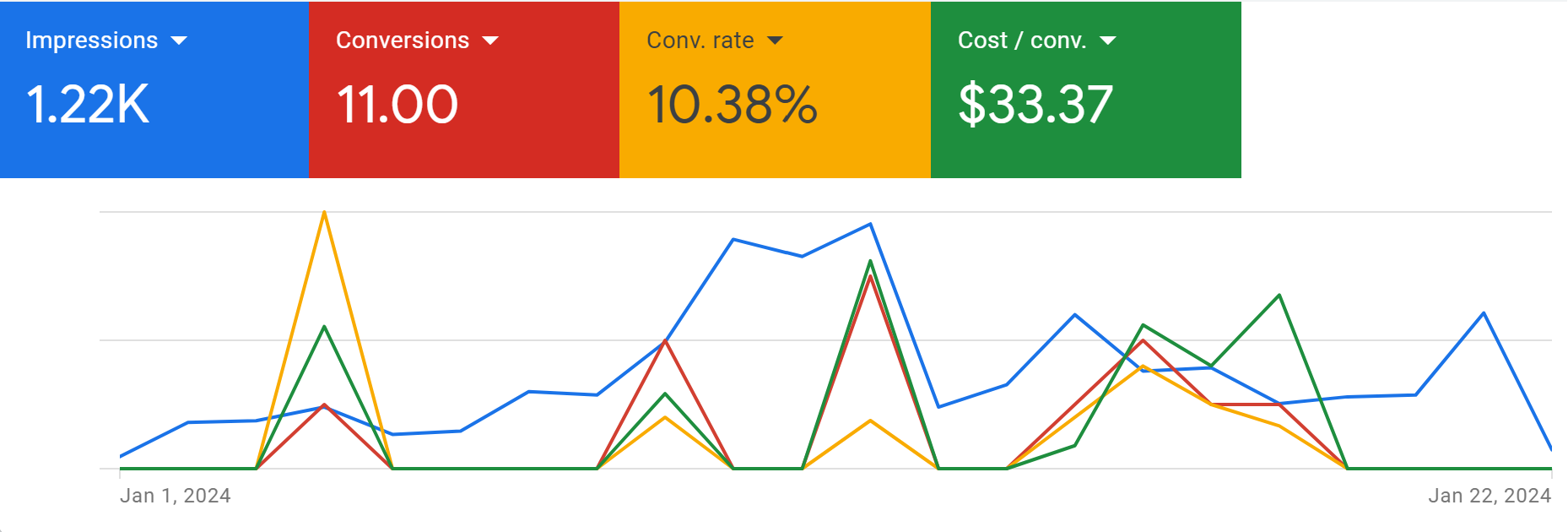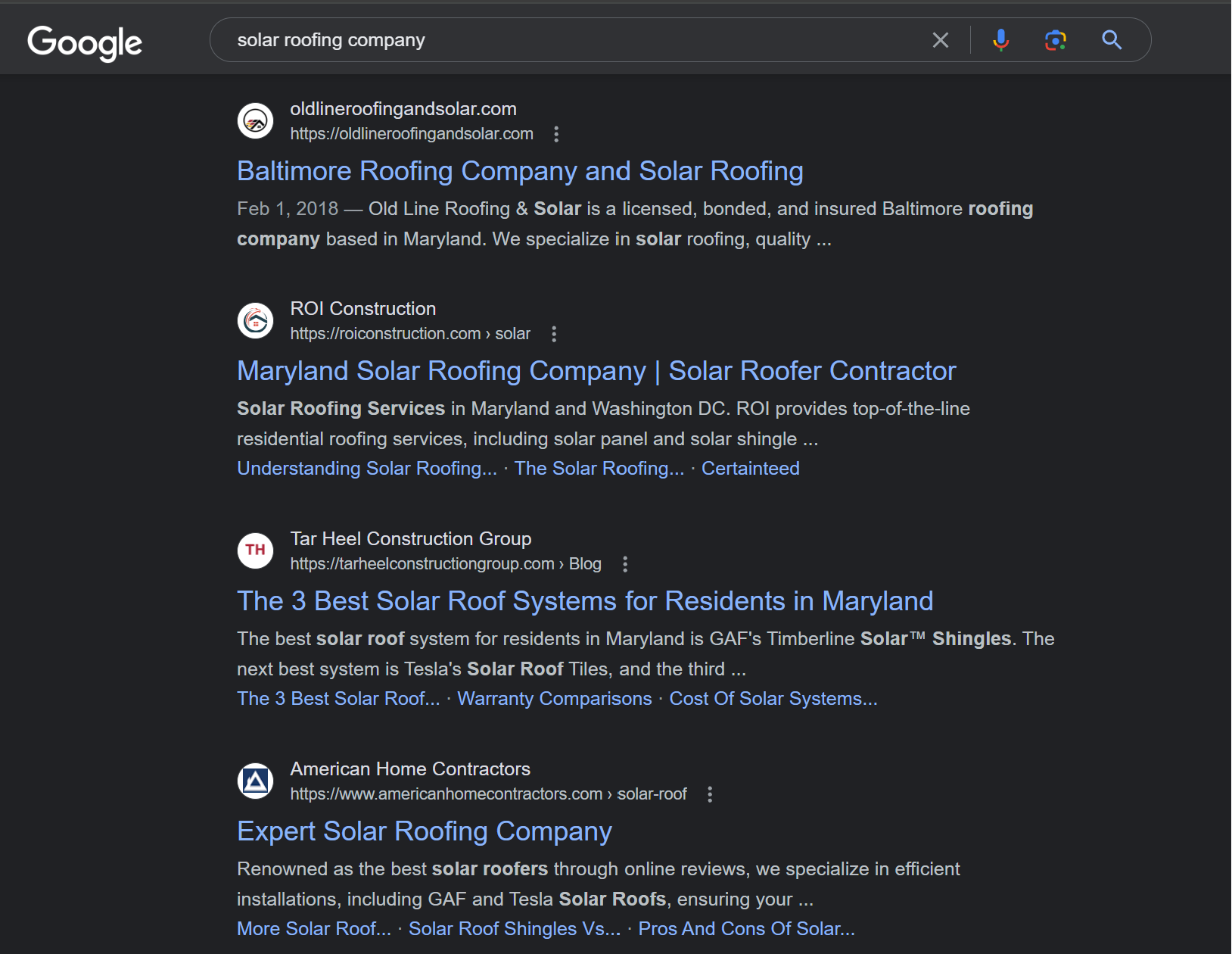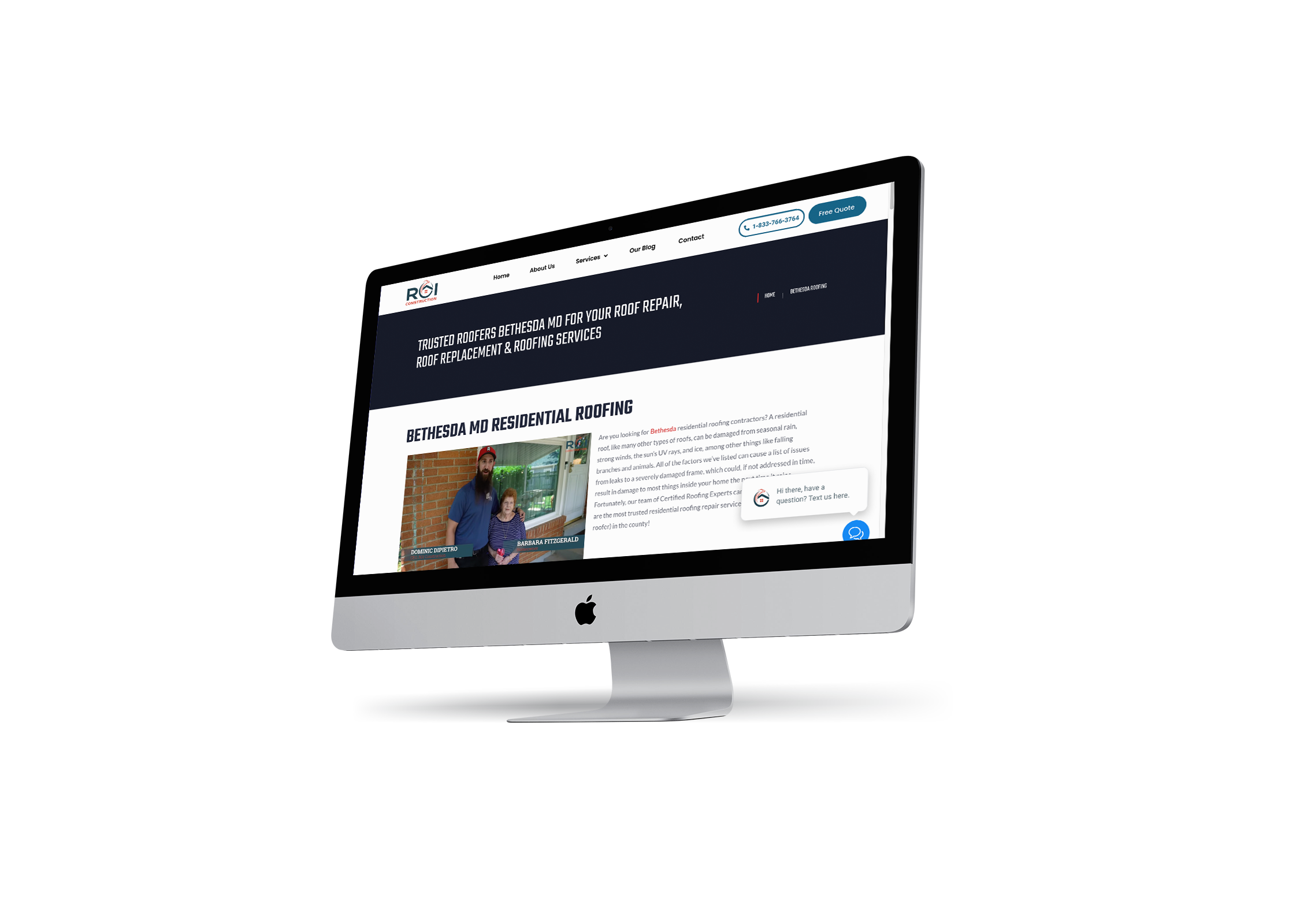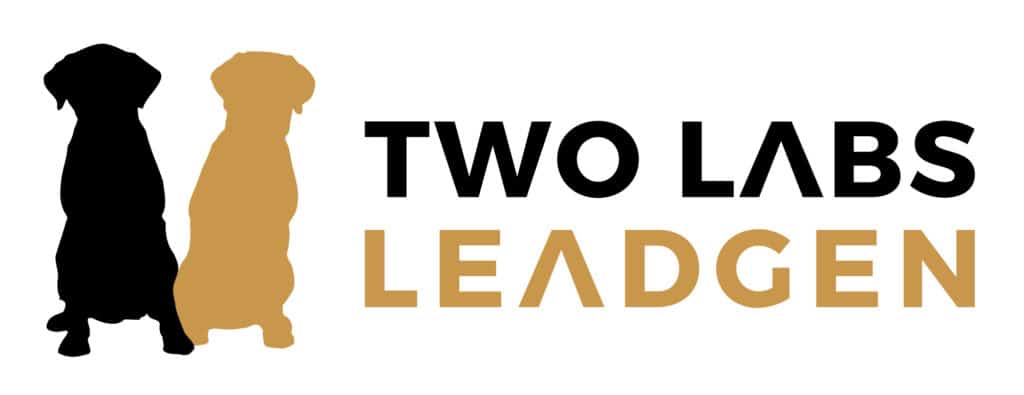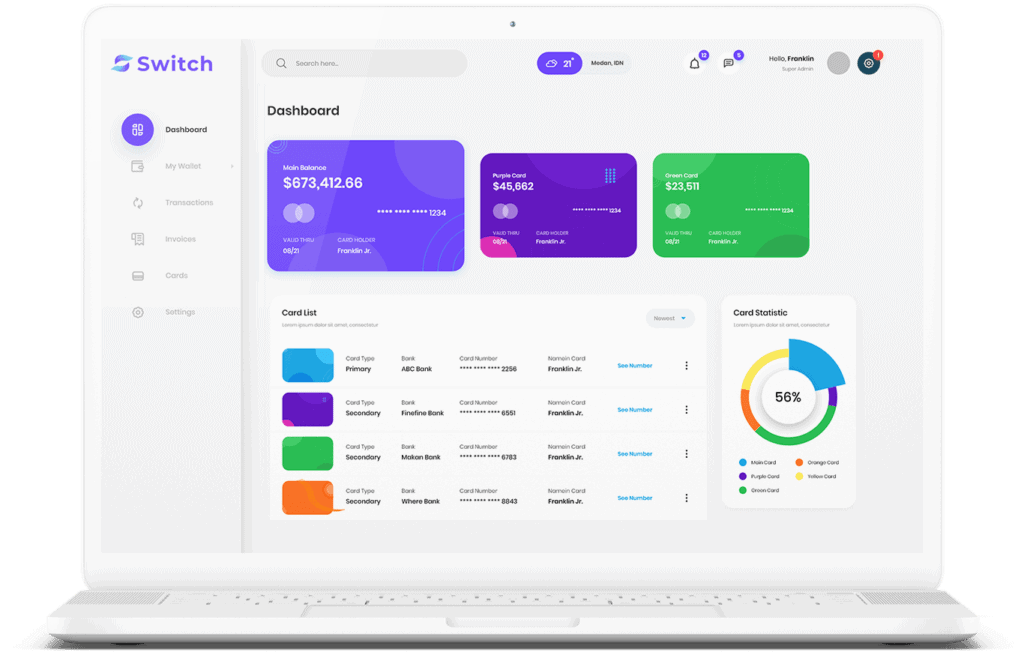On-page optimization is an essential component of Search Engine Optimization (SEO) that focuses on improving the aspects of a website that are directly controllable by the site owner. This optimization enhances a website’s visibility and ranking on search engine results pages. This article presents a comprehensive checklist for on-page SEO optimization. It encompasses industry best practices for optimizing title tags, meta descriptions, content, header tags, URLs, and images. The checklist also includes strategies for mobile optimization and leveraging social media. It provides a step-by-step guide for businesses aiming to maximize their SEO efforts, improve website traffic, increase conversion rates, and enhance user experience.
Key Takeaways
- Optimized title tags, meta descriptions, headers, and URLs are crucial for on-page SEO.
- Keyword and entity research help improve website visibility and target the right audience.
- Strategic keyword placement in title tags, headings, URLs, and meta descriptions drives traffic and improves visibility.
- Image optimization, internal and external linking, URL structure, mobile optimization, social media presence, schema markup, and regularly updated content are all important for on-page SEO success.
Understanding On-page SEO Basics
On-page SEO is not merely about integrating popular keywords into your content; it’s a comprehensive strategy that requires meticulous attention to various elements on your webpage.
Firstly, an optimized title tag is crucial as it is the most significant on-page SEO factor. It should include targeted keywords and should accurately represent the content of the page. Meta descriptions also play a prominent role, serving as a brief summary of the page content and enticing users to click through from the search engine results page.
Furthermore, headers (H1, H2, H3, etc.) structure your content, making it easier for search engine crawlers to understand and index. Incorporating relevant keywords in these headers can significantly enhance your SEO. Lastly, ensuring your website’s URL structure is clean and simple, and includes keywords can also improve your page’s visibility and ranking. Remember, on-page SEO is a continual process that requires regular review and adjustments for optimal results.
Importance of Keyword and Entity Research
While maintaining the integrity of on-page SEO elements such as title tags, meta descriptions, and headers is crucial, understanding the importance of keyword and entity research further elevates your optimization strategies. This research process is the backbone of SEO, providing valuable insights into what potential consumers are seeking, thus aligning your website’s content with their needs.
The importance of keyword research is twofold: firstly, it aids in understanding the language your target audience uses to search for your product or service. Secondly, it highlights relevant and high-volume search terms which, when included in your content, can increase visibility and traffic.
Entity research, on the other hand, involves identifying and analyzing entities that are semantically linked to your business. These include brands, organizations, or individuals that are related to your industry or product. This process can uncover crucial relationships and trends that can be leveraged to enhance your SEO strategy.
In essence, comprehensive keyword and entity research not only improves website visibility but also fosters a deeper understanding of your audience and competitors. It is a vital component of an effective on-page optimization plan.
Strategic Keyword Placement
Incorporating strategic keyword placement into your content, a critical step in on-page optimization can significantly enhance your website’s visibility and ranking on search engine result pages. Keywords are not just about SEO, they are about connecting with and understanding your audience. By using the right keywords in the right places, you can guide potential customers to your site and provide them with the information they need.
Strategic keyword placement involves more than just repeating a keyword multiple times in your content. It requires careful consideration of where those keywords will have the greatest impact, both for visibility and user experience. Key areas to place keywords include the title tag, headings and body content, URL, and meta descriptions. However, keywords should always be used naturally and contextually, avoiding keyword stuffing which can lead to penalization.
Incorporate long-tail keywords that are more specific and less competitive, as they can help to drive more targeted traffic to your site. Additionally, consider semantically related keywords, which help Google understand the context and topic of your content. A comprehensive keyword strategy, therefore, involves understanding your audience, researching relevant keywords, and placing them strategically within your content for maximum SEO benefit.
Role of Meta Descriptions
After the strategic placement of keywords, the next essential step in on-page SEO optimization is understanding and effectively utilizing meta descriptions. Meta descriptions are brief summaries that provide search engines with an overview of what your page content entails. They are impactful on a page’s click-through rate (CTR) as they give potential visitors a sneak peek of your content before they decide to click.
| Importance of Meta Descriptions | Role in SEO |
|---|---|
| Enhances User Experience | Gives a preview of page content |
| Influences Click-Through Rates | Impacts search rankings indirectly |
| Helps in Keyword Optimization | Keywords in meta descriptions can be bolded |
| Encourages Website Visits | Increases potential for higher traffic |
| Improves Search Visibility | Makes your website easier to find and recognize |
Incorporating meta descriptions into your on-page SEO strategy can considerably elevate your site’s visibility and user engagement. It’s a subtle yet powerful tool that plays a significant role in driving organic traffic to your site. It is consequently vital to create precise, compelling, and keyword-optimized meta descriptions to maximize their SEO potential. This underscores the integral role of meta descriptions in on-page optimization.
HTML Header Tags Significance
Within the ambit of on-page SEO optimization, the significance of HTML header tags cannot be overstated as they establish a hierarchical structure for your content, making it accessible and understandable for both users and search engines. Header tags (H1 through H6) are an essential part of SEO strategy, serving to highlight the content’s main topics and subtopics.
- H1 Tags
- H1 tags are typically reserved for the page’s main title. They are crucial for SEO as they communicate the page’s primary topic to search engines. Therefore, including relevant keywords in H1 tags can significantly improve your website’s visibility.
- H2 to H6 Tags
- These tags are used for subsections of the content. They help break down the content into digestible sections, enhancing user experience and making it easier for search engines to understand the content. Additionally, these tags can also incorporate relevant keywords.
In essence, HTML header tags act as a roadmap to your content, guiding both users and search engines. A well-structured webpage employing strategic use of header tags can significantly enhance your SEO performance, driving more traffic to your site and improving your search engine rankings.
Optimizing Site Images
Why is optimizing site images an essential component of a robust on-page SEO strategy? Images play a significant role in enhancing the user experience and engagement on a website. However, they can also dramatically impact the site’s SEO performance.
Unoptimized images can slow down your site, leading to a poor user experience and lower rankings in search engines. On the other hand, properly optimized images can improve page load speed, boost the site’s visibility in image search results, and provide better context to search engine crawlers about the content of your page.
To optimize images, consider the following strategies. Firstly, use relevant, high-quality images that align with your content. Secondly, compress your images to reduce their file size without compromising on quality. Tools like TinyPNG or CompressJPEG can be quite handy. Thirdly, leverage the ‘alt text’ feature to describe the image, which helps search engines understand the image content. Lastly, use descriptive file names for your images.
Internal and External Linking
In the realm of on-page SEO practices, a crucial aspect to consider is the proper implementation of internal and external linking strategies. These techniques serve to enhance the navigational experience of users while promoting the visibility and credibility of your website in the digital ecosystem.
- Internal Linking
- A system of interconnected pages within a website, internal links guide users through your site, enhancing user experience and the distribution of page authority.
- Key tactics include linking to relevant content, using descriptive anchor texts, and ensuring a logical site hierarchy.
- External Linking
- These are hyperlinks pointing to other distinct domains. They serve to validate your content’s credibility and augment your site’s authority.
- Best practices encompass linking to reputable and relevant sites, using nofollow attributes wisely, and keeping an eye on broken outbound links.
Mastering these strategies requires understanding their fundamentals, staying abreast of SEO trends, and applying them judiciously. Properly implemented, internal and external linking can significantly impact your website’s SEO performance, driving organic traffic, enhancing user engagement, and ultimately, boosting your site’s SERP rankings.
URL Structure and SEO
Transitioning from the complex dynamics of internal and external linking, the significance of a well-structured URL in SEO cannot be understated. URLs, being the unique addresses of web pages, play a pivotal role in enhancing visibility and ranking on search engine result pages (SERPs).
A well-structured URL is concise, user-friendly, and meaningful. It should ideally contain keywords relevant to the webpage content, thereby providing a clear indication of the page’s subject matter to both users and search engines. This enhances the page’s credibility and increases the likelihood of higher rankings in SERPs.
Moreover, the structure of the URL can significantly influence click-through rates. A URL that accurately describes the page’s content is more likely to be clicked on by users. A study by Microsoft revealed that URLs are a significant factor that users consider when deciding whether to click on a link.
Lastly, a well-structured URL facilitates better crawling and indexing by search engines. It simplifies the search engine’s task of understanding and categorizing the webpage, leading to improved SEO. Hence, URL structure is a crucial component of on-page optimization, meriting careful attention in any SEO strategy.
Importance of Mobile Optimization
Understanding the importance of mobile optimization forms a crucial aspect of on-page SEO strategy, given the increasing prevalence of mobile web browsing in today’s digital age. The shift in user behavior towards mobile devices has profound implications on how businesses should optimize their websites.
According to a report by Stone Temple, as of 2018, 58% of site visits were from mobile devices. This underscores the necessity to ensure your website is not just mobile-friendly, but also optimized for mobile viewing to enhance user experience and boost search engine rankings.
Consider the following key points in mobile optimization:
- Responsive Web Design:
- Ensures that your website adjusts to different screen sizes, providing an optimal viewing experience for users.
- Facilitates better indexing by search engines, which in turn can improve your website ranking.
- Page Speed Optimization:
- Essential since mobile users typically have less patience for slow-loading pages.
- Google’s algorithm also considers page loading speed in its ranking factors, hence optimizing this could enhance your SEO performance.
Leveraging Social Media for SEO
With the advent of the digital age, leveraging social media platforms for SEO has become an essential component of effective on-page optimization strategies. Social media platforms, being high-authority websites, can significantly boost your website’s visibility on search engines. By optimizing your social media profiles and by consistently sharing high-quality, relevant content, you can drive more organic traffic to your website, enhance your online reputation, and improve your search engine rankings.
Here’s a brief table outlining the key steps involved in leveraging social media for SEO:
| Step | Description |
|---|---|
| Profile Optimization | Use relevant keywords in your social media profiles and posts to improve your visibility on search engines. |
| Content Sharing | Regularly share high-quality content that links back to your website to drive referral traffic. |
| Engagement | Engage with your audience to build relationships and encourage them to share your content, increasing your visibility and link equity. |
Hence, by effectively leveraging social media platforms, you can enhance your SEO efforts, improve your search visibility, and ultimately drive more traffic and conversions for your business. It is a strategy that no business can afford to overlook in the digital age.
The Role of Schema Markup
Implementing schema markup plays a pivotal role in on-page SEO optimization by enhancing the way search engines interpret and represent your page in SERPs. By providing explicit clues about the meaning of a page, schema markup assists search engines in understanding the content, thereby improving the display of search results and potentially increasing click-through rates.
Schema markup can be particularly beneficial in two key areas:
- Improving Rich Snippets and SERP Features:
- Enhanced descriptions or rich snippets under page URLs provide users with additional information about the content, making it more enticing for users to click on your link.
- SERP features such as reviews, images, and business hours, can be prominently displayed, further improving visibility and click-through rates.
- Voice Search Optimization:
- As voice search becomes increasingly prevalent, schema markup helps in delivering precise answers to voice queries.
- It enables search engines to understand the context of content, thereby improving the accuracy of voice search results.
In essence, the strategic implementation of schema markup is a powerful tool in the SEO arsenal, providing a competitive edge by making your web pages more appealing and accessible to users and search engines alike.
Regular Content Updates Strategy
Transitioning from schema markup, it is crucial to devise a strategy for regular content updates, as consistent and fresh content significantly enhances SEO performance and user engagement on your website. Regularly updated content is viewed as one of the best indicators of a site’s relevancy, so be sure to keep it fresh.
An effective content update strategy includes understanding your audience’s needs, creating quality content that is relevant and valuable, and scheduling regular updates. This not only boosts your SEO but also fosters a loyal audience that will return to your site regularly.
Here is a table that outlines the key aspects of a successful content update strategy:
| Aspect | Description | Impact |
|---|---|---|
| Audience Understanding | Know your audience’s needs and interests. | Drives relevance and engagement. |
| Quality Content | Ensure content is valuable, informative, and error-free. | Boosts SEO and user satisfaction. |
| Regular Updates | Schedule consistent content updates. | Enhances site relevancy and audience loyalty. |
Frequently Asked Questions
What Are the Best Practices for Optimizing Page Load Speed for Seo?
Best practices for optimizing page load speed include minimizing HTTP requests, enabling compression and browser caching, optimizing images and CSS delivery, reducing server response time, and utilizing content distribution networks.
How Do Broken Links Affect On-Page SEO and What Are Strategies to Prevent Them?
Broken links negatively impact SEO by reducing usability, disrupting site navigation, and diminishing link equity. Prevent them by regularly auditing your site for broken links and promptly fixing or removing them when discovered.
How Does the User Experience (Ux) Design Impact On-Page Seo?
User Experience (UX) design significantly impacts on-page SEO by influencing site usability, engagement metrics, and conversion rates. A well-designed UX can enhance site visibility, user satisfaction, and search engine ranking performance.
What Role Does a Website’s Security Protocol, Such as HTTPS, Play in On-Page Seo?
A website’s security protocol, such as HTTPS, plays a crucial role in on-page SEO. It not only protects user data but also boosts search engine rankings as search engines favor secure websites.
How Can I Measure the Success of My On-Page SEO Efforts and Which Metrics Are the Most Important?
Measuring the success of on-page SEO efforts involves tracking key metrics like organic traffic, bounce rate, conversion rate, and page load time. These metrics provide insights into performance and user engagement on the site.
Conclusion
In conclusion, an effective on-page SEO strategy, meticulously implemented through a comprehensive checklist, can significantly enhance a website’s visibility and ranking. By understanding SEO basics, conducting keyword research, optimizing meta descriptions, header tags, and mobile features, leveraging social media, utilizing schema markup, and regularly updating content, businesses can markedly improve their online presence. This strategic approach bolsters user experience increases conversion rates, and fosters business growth in the digital milieu.
